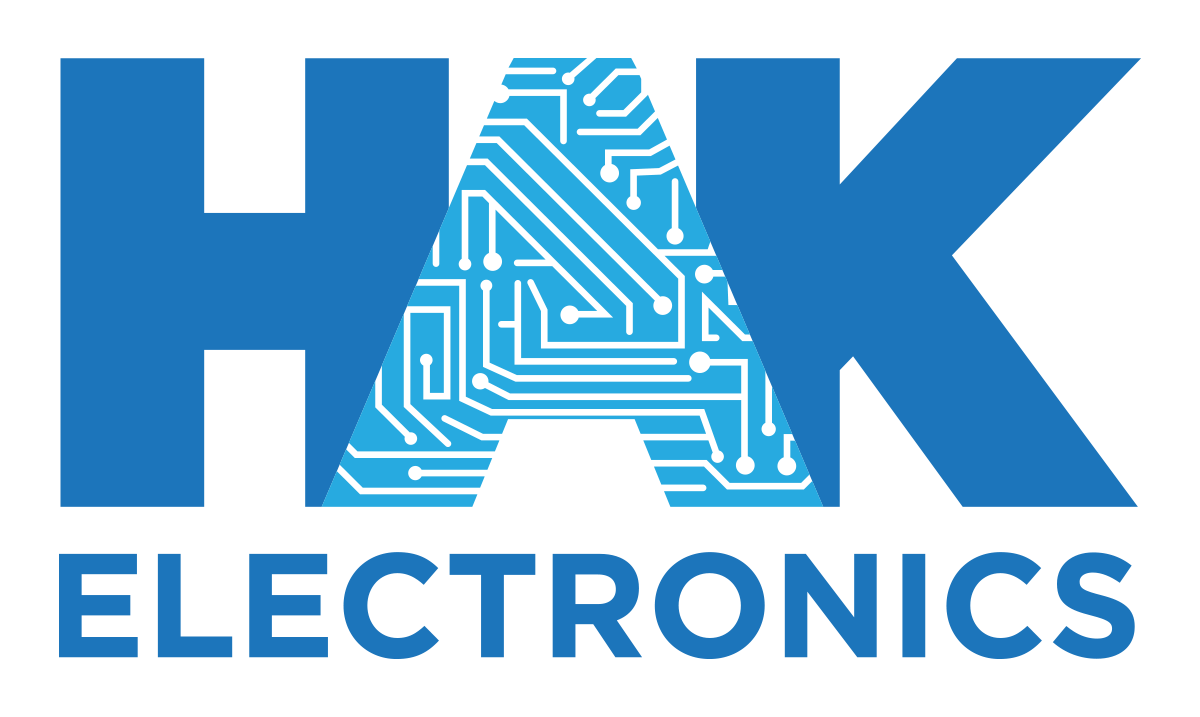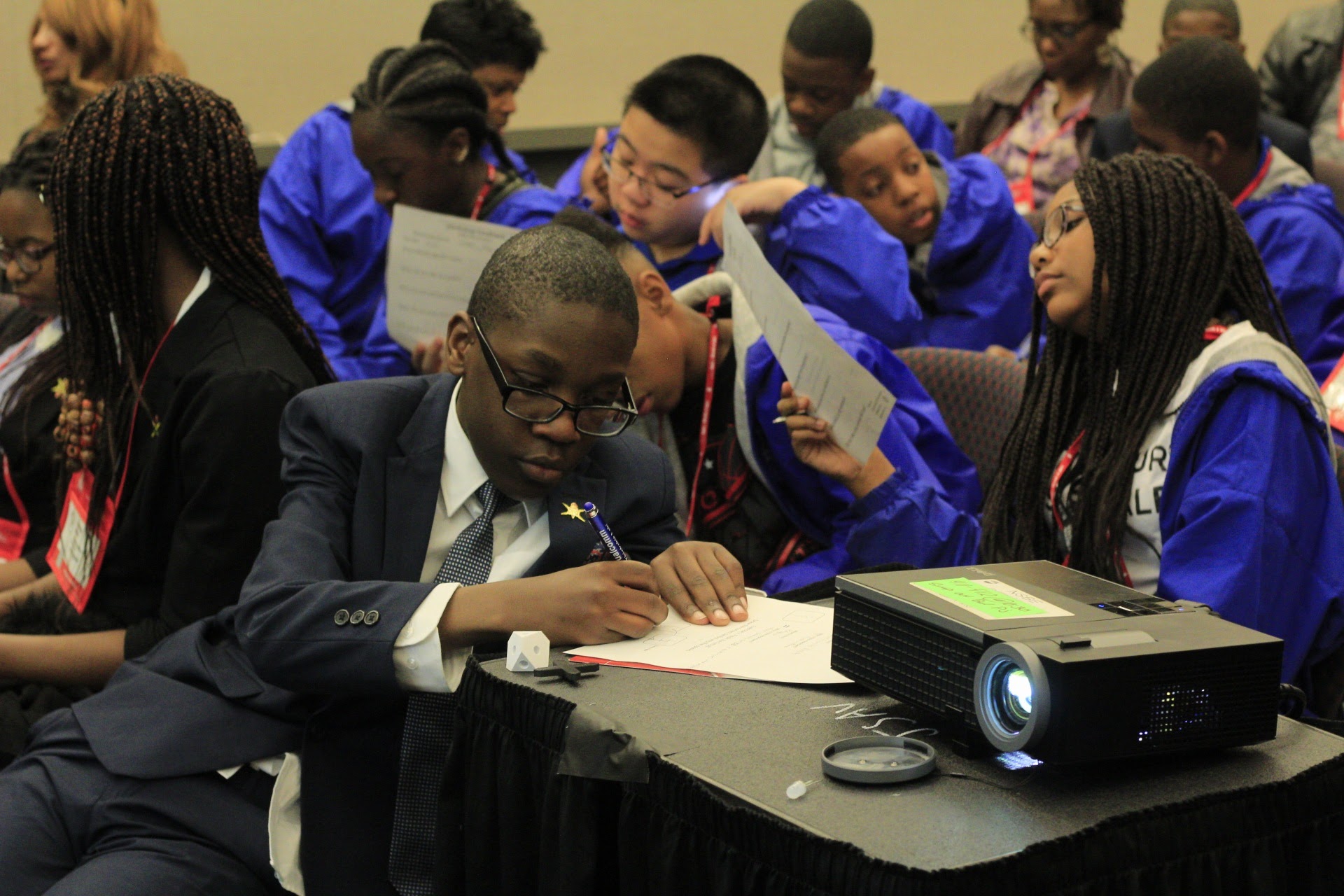“What a great weekend! I feel inspired, and I made so many connections that will take my profession to the next level!”
If you’re like me, the trip home from the conference was full of plans and possibilities. Now it’s Monday and the stack of business cards is turning into an intimidating task. Not to mention the mental notes and connections are fleeting fast as you return to your normal daily routines. How do you make the most out of your conference experience now that the conference has ended? I’m going to provide seven things that I do after every conference in order to capitalize on the opportunities.
Review the Agenda Again
It seems weird to look at an agenda for an event that just passed, but it will help you to remember the individual details of the conference you just attended. Was there a specific presenter you admired? Someone on the panel you wanted to email? Reviewing the agenda will help you remember the key things you didn’t write down as you start to make an action list.
Start an Action List
This is critical. You can lose all value from a conference if you don’t execute afterward. Just by going through the agenda alone, you most likely came up with a few things you should do. Write them down, and put a due date. That will help you stay focused and manage the new tasks that arose.
Rewrite all Your Notes
Remember all of the thoughts you scribbled down on flyers, napkins, and business cards? Type them up. Maybe you wrote them down in a notebook? Type those up as well. The pictures you took? Put that into a document and write why you took it.
The point is that you want to bring all of your notes to one location. You also want to extract as many actions as possible from the conference. Retyping notes might have reminded you to send free samples. Summarizing why you took a picture might lead to an email you forgot to send. In the end, you should have a consolidated place of notes, and a growing action list.
Compile Business Cards
Now the daunting task; the stack of business cards you’ve collected. Ideally, you have a CRM software tool that allows you to scan the business cards instantly. If you’re like me, you’re typing the information by hand. Either way, take the time to review the cards and write down any actions you might have
Compiling the card data brings the 50 or so cards into 1 document. You can search by profession, or easily find an email address when the time is right. [You can reach out to me here to learn how to make an effective business card log].
Update your Social Network
Going through the business cards give you an idea of the number of people you met. Now take the time to add them to your social media. You want to do this because it allows you to monitor your new network from a high-level perspective. You may need a graphic designer in 6 months, and social media can help you find people in your network that have a track record of flyers that you’ve liked.
My rule of thumb is to follow everyone on linked in, follow people you admire on Instagram/Twitter, and follow close friendships you’ve made on Facebook. Depending on your industry, this may change, but my method makes sure that your professional side is seen by everyone, and your personal side is seen by a few.
As you attend more conferences, your professional network will grow, and this will attract other people to you since you are established as a person that is well connected.
Send Out Emails, To Everyone
That person who handed you their card with no background information – They get an email. The panel speaker – they get an email. Everyone gets an email.
The emails create another interaction and show that you value the connection you made. The email doesn’t have to be complicated; a quick summary of who you are and what you do will suffice. The email should also include any actions from the action list. Statements like “can you please send me” or “I will send you” fit perfectly here. For key people, you might even want to suggest a phone call to follow up. Most people still use email as their main form of business communication, and the email shows you understand the value of following up.
Create a Summary Document
Now here’s where you bring everything together. Whether your business is comprised of one person or 100, you need to create a summary document of the event as a whole. This is a report of what the event was, the key things that happened, and the actions you will do after the conference. If you were following the previous 6 steps, this will come easily. A good report means that you understand the work that needs to be done to secure those prospects and earn their business.
Having a plan before and after a conference is crucial since you’ve invested you’re time and money into it. With these 7 steps, you’ll set yourself apart from the rest of the crowd. For more information on these topics, including an example summary document or business card log, reach out to me on LinkedIn or email me at Harry@HAKelectronics.com.


